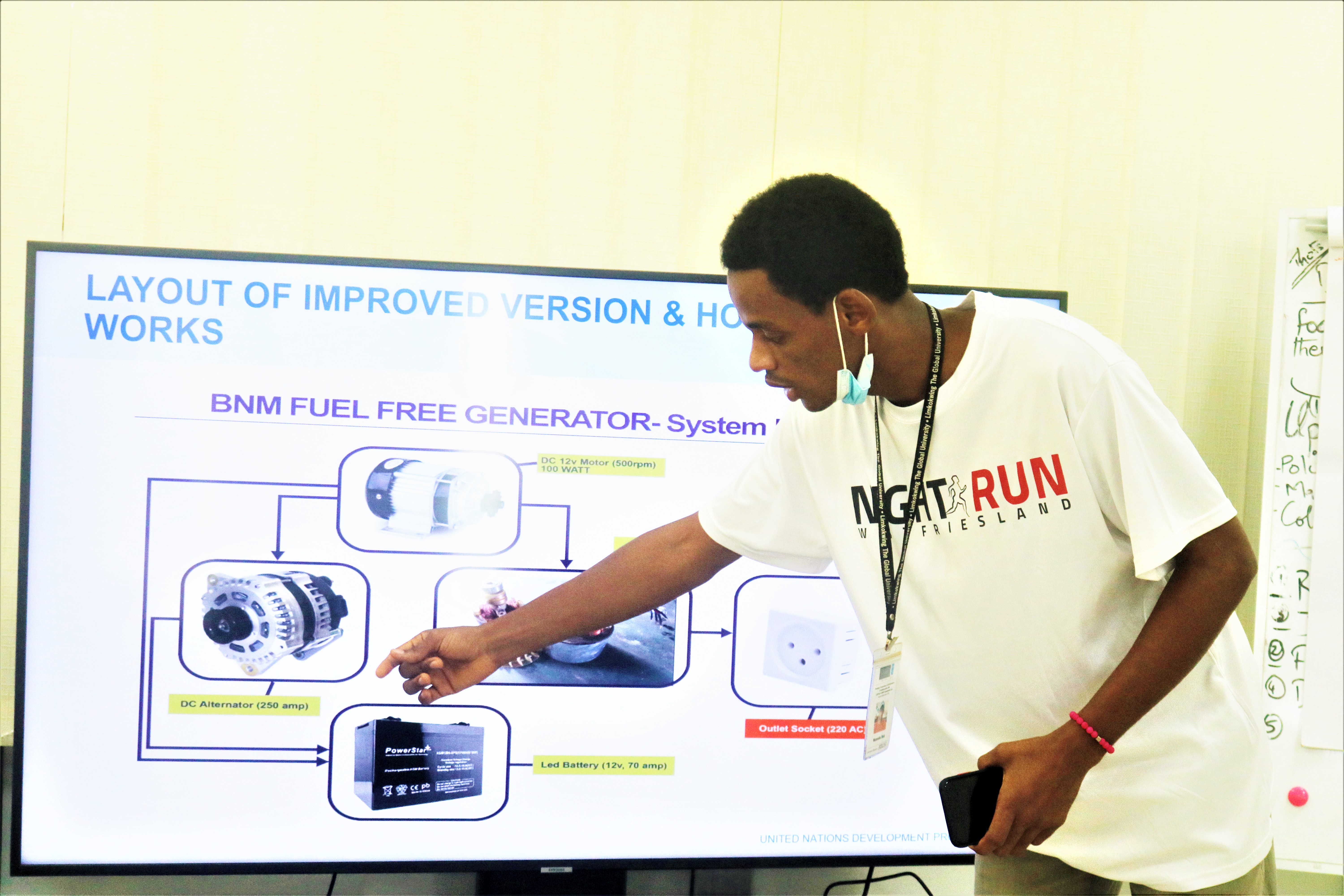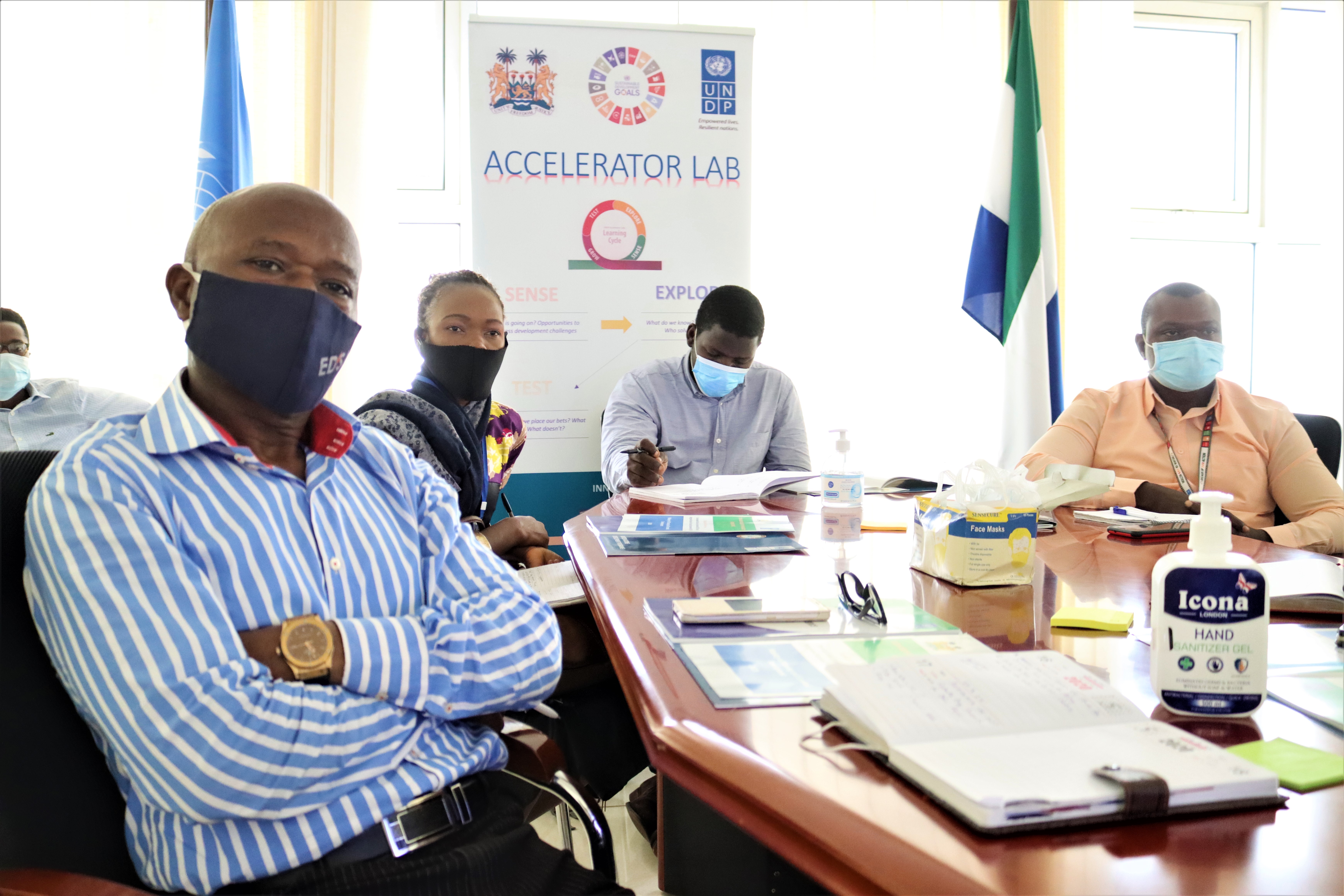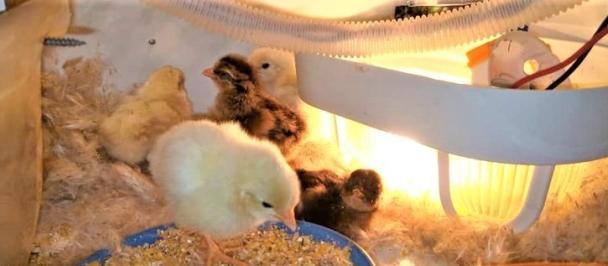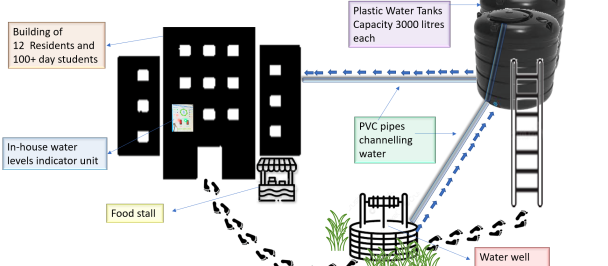Photo showing Mamadu Nulador Bah presented first version prototype of his Eco-friendly fuel free generator as a reasonable alternative for powering up homes and communities. Photo Credit: @UNDP/Sulaiman Jalloh.
Sierra Leone is endowed with potential diverse energy sources, e.g., solar, wind and hydro, but still has one of the lowest electricity access rates in the world. According to Sustainable Energy for ALL (SEforALL)2021, the national electrification rate is approximately 26 percent with approximately 6 percent accounting for access in rural areas. It is estimated that only five of the 16 District Headquarter Towns are partially supplied by a combination of small diesel units and mini hydropower plants. The electrification rate in the vast rural areas of the country is almost zero. This makes increasing the generation of electricity and improving the transmission and distribution network a national priority for the Government of Sierra Leone.
With an emphasis on exploring renewable power supply options, solar powered mini grids are being installed by development partners in selected rural areas to support the Government efforts in meeting global commitments. The Government continues to also encourage private sector investment in the energy sector to amplify electricity coverage. However, such interventions are capital intensive and there lies the issue of striking the balance between accessibility and affordability. Nevertheless, there is a huge potential for renewable energy generation options to thrive within this sector.
That is why, United Nations Development Programme (UNDP) in Sierra Leone continues to engage local innovators who understand the local implications and importance of energy/electricity and have devised alternative means that respond to their personal but community challenge. These local solutions if scaled up, could also contribute to “lighting-up Sierra Leone” -an option that Government partners and UNDP Accelerator Lab investigates with keen interest to weigh the potential.
Recently, UNDP brought together experts within the Energy Sector, including Innovation, Academia, Rural Development and Environment Specialists into the creative space of two young innovators to listen to their thoughts about energy generation and the alternatives they have designed. The innovators pitched concept of their energy solutions, how it works, share results of preliminary tests, and showcase how the proposed solution will contribute to national and global goals to light up the world, one community at a time.
Photo showing energy experts during experiment session at UNDP Country Office in Freetown. Photo Credit: @UNDP/ Mohamed Kanu.
Jeremiah Thoronka made a virtual presentation of his Optim Energy solution, a hybrid system that uses a piezoelectric device to harnesses energy from heat and vibrations and a backup solar system, all of which create less impact on the environment compared to petroleum products or charcoal, two among the largest source of energy sources in the country. The Optim energy device uses a digital technology that facilitates a two-way smart communication system between the production point and the users, and its smart grid system is made up of sensing materials to facilitate energy efficiency along the transmission lines.
Mamadu Nulador Bah presented his first version prototype of his Eco-friendly fuel free generator as a reasonable alternative for powering up homes and communities. An eco-friendly generator that is not powered by fossil fuel or solar energy, fumeless and silent, with the capacity to provide 24hours power supply.
It was an enriching experience as the exchanges, contributions and alternative viewpoints brought forward by experts drawn from their wealth of experience in diverse areas resulted in setting the framework for the respective experiments. UNDP will be allocating funds for the development of the various prototypes that will be deployed and tested between 3 and 6 months during which specific data will be collected that will inform the final results of the experiments.
At this point, determining success or failure is a secondary matter. What is key is how we start learning from these short span experiments, what works, what doesn’t and understanding why. For those that will work and demonstrates a true potential to increase access to electricity, the UNDP Accelerator Lab will recommend to partners for scale up investments to accelerate impact/growth/expansion. Eventually, this approach will canvas a simple model of how development experts can harness the benefits of locally designed innovations but also contribute to strengthen the innovation ecosystem.
This is a journey that UNDP is determined to take with young innovators as they explore the length and breadth of their capabilities. More reason why UNDP activated the 2030 Toll-free line for innovation reporting and inquiries. It doesn’t matter where the innovators are or what projects they’re working on, the Accelerator Lab wants to know and will rather work with them, connecting them to over 100 other innovators across the country to strengthen their network and partnership as they innovate for a better life quality of life.

 Locations
Locations





